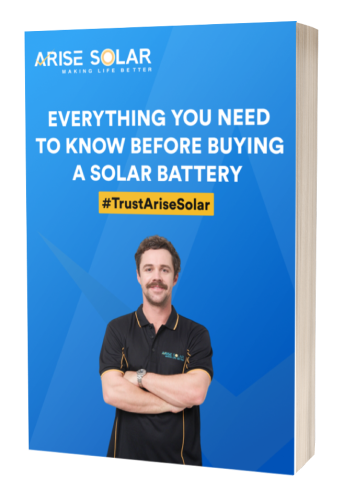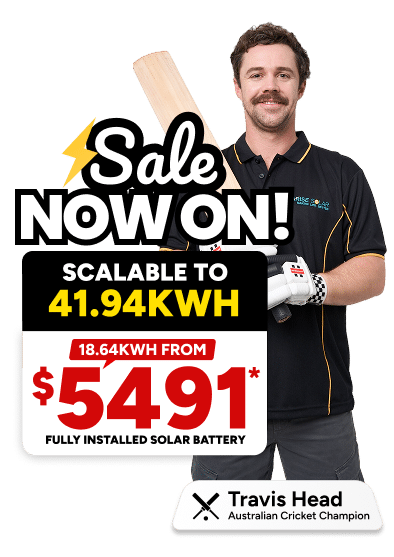If you live in New South Wales, there are several rebates and incentives available in 2025 to help reduce your energy bills and make the switch to clean solar power more affordable. From the solar battery rebate to the solar panel rebate especially in NSW and ongoing solar incentives NSW, homeowners can enjoy both federal and state-level support. Here’s a summary of what’s available and who is eligible for solar rebate NSW this year.
Summary of Key Rebates & Incentives
| Program | What You Get | Who Is Eligible |
|---|---|---|
| Low Income Household Rebate | Up to $285/year (on-market) or $313.50/year (embedded network). | NSW residents with a valid concession card (e.g., Pensioner Concession Card, Health Care Card). |
| Seniors Energy Rebate | $200/year to help self-funded retirees with power bills. | Holders of a Commonwealth Seniors Health Card. |
| Medical Energy Rebate | Up to $285/year for households with a medical condition requiring heating/cooling. | Electricity account holder or household member with a certified medical condition. |
| Life Support Rebate | Up to $1,343/year depending on equipment type. | Households using approved life-support equipment. |
| Federal Cheaper Home Batteries Program (From July 2025) | Around 30% off the upfront cost of an eligible home battery (up to ~$372 per usable kWh). | Homeowners installing new battery systems between 5–50 kWh via an approved installer. |
| NSW VPP (Virtual Power Plant) Incentive (From July 2025) | Additional $550–$1,500 rebate for batteries connected to an approved VPP. | NSW residents installing grid-connected, VPP-compatible batteries via an Accredited Certificate Provider (ACP). |
| Small-Scale Renewable Energy Scheme (SRES) | Reduces solar system costs by up to 30% via Small-scale Technology Certificates (STCs). | Homeowners and small businesses using CEC-accredited installers and approved panels/inverters. |
| Feed-in Tariffs (FiTs) | Earn 6–12 ¢/kWh for excess solar power exported to the grid. | All grid-connected solar owners (rates vary by retailer). |
Additional Information
- The NSW Peak Demand Reduction Scheme (Battery Rebate) officially ended on 30 June 2025.
- The federal battery rebate and NSW VPP incentive can be combined, but cannot be combined with the closed state rebate.
- All rebates require CEC-accredited installers and approved equipment to qualify.
- For general rebates (Low Income, Medical, Seniors), you must be named on the electricity bill and hold the appropriate concession card.
- Solar feed-in tariffs are retailer-based, not government-set, so comparing providers can maximise returns.
How to Apply
- Bill Rebates – Apply online via the NSW Government Energy Rebates Portal.
- Federal Battery Rebate – Applied automatically as a discount at purchase through an approved retailer (from July 2025).
- VPP Incentive – Coordinated through participating battery/VPP providers.
- Solar Rebates (STCs) – Your solar installer like Arise Solar, typically includes this discount in your system quote.
Key Takeaway
NSW residents can enjoy significant savings in 2025 through a mix of federal and state-level solar incentives, VPP rewards, and ongoing energy bill rebates. With the new federal Cheaper Home Batteries Program starting in July 2025, and additional benefits for VPP-connected systems, now is an excellent time to invest in solar and battery solutions to lower your energy costs and future-proof your home.
Disclaimer: The information provided above has been gathered from authentic sources and official government websites. While every effort has been made to ensure accuracy, we do not take responsibility for any changes, errors, or omissions. The details are shared for informational purposes only and should not be considered as financial or legal advice. Readers are encouraged to verify the latest eligibility criteria and rebate details directly with the relevant authorities or official program websites.





